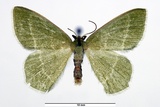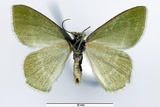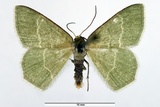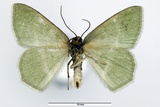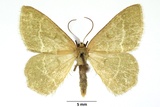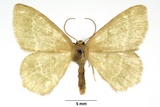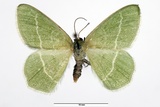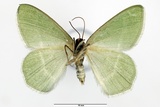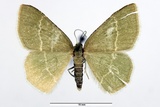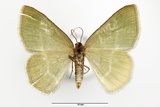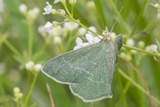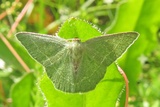Chlorissa cloraria (Hübner, 1813) Species
Last modified: Dec. 8, 2024, 12:01 p.m.
An extremely rare and very local species in Belgium. Hitherto known only from two isolated locations in LG and LX.
Details
- Classification
- Family: Geometridae > Subfamily: Geometrinae > Tribus: Hemitheini > Genus: Chlorissa > Species: Chlorissa cloraria
- Vernacular names
- Sierlijke zomervlinder (NL), La Chlorée, Phalène chlorée (FR), Waldheiden-Grünspanner (DE)
- First mention in Belgium
- Richard F. 1950. Espèces nouvelles pour la faune belge (suite). — Lambillionea 50: 14–15. On page 14.
- Status
-
Native
Distribution
Imago
Wingspan 19–19 mm.
Note: Chlorissa viridata and Chlorissa cloraria are genetically related. The external features and also the genital differences are not always reliable! However, one of the best characters is the costa of the forewing which in Chlorissa cloraria always has some brown scales (best visible on the underside), while in Chlorissa viridata the costa is concolorous with the groundcolour of the forewing or even brighter. Also, the whitish postdiscal line is sinuous in Chlorissa cloraria, while it is almost straight in Chlorissa viridata.
Bionomics
The adults are active during daytime, mainly in the morning. They also come to light.
Flight periods
Two generations a year from mid-May till the end of June and from mid-July to the end of August.
Observed on
- Substrates:
- Polyphagous
The caterpillar is polyphagous and has been recorded to accept Calluna vulgaris, Corylus avellana, Crataegus, Rubus, Alnus, or Betula.
Habitat
Xerotherm habitats, preferably on limestone soil, heathlands.
